We do like green tea (particularly matcha), so decided to make the Boseong Green Tea Fields part of our itinerary on our trip through South Korea. There were some particularly pretty photos we had seen of trays of green tea desserts set against a backdrop of sloping tea fields, and we hoped to be able to find that location (both for the food and the scenery).
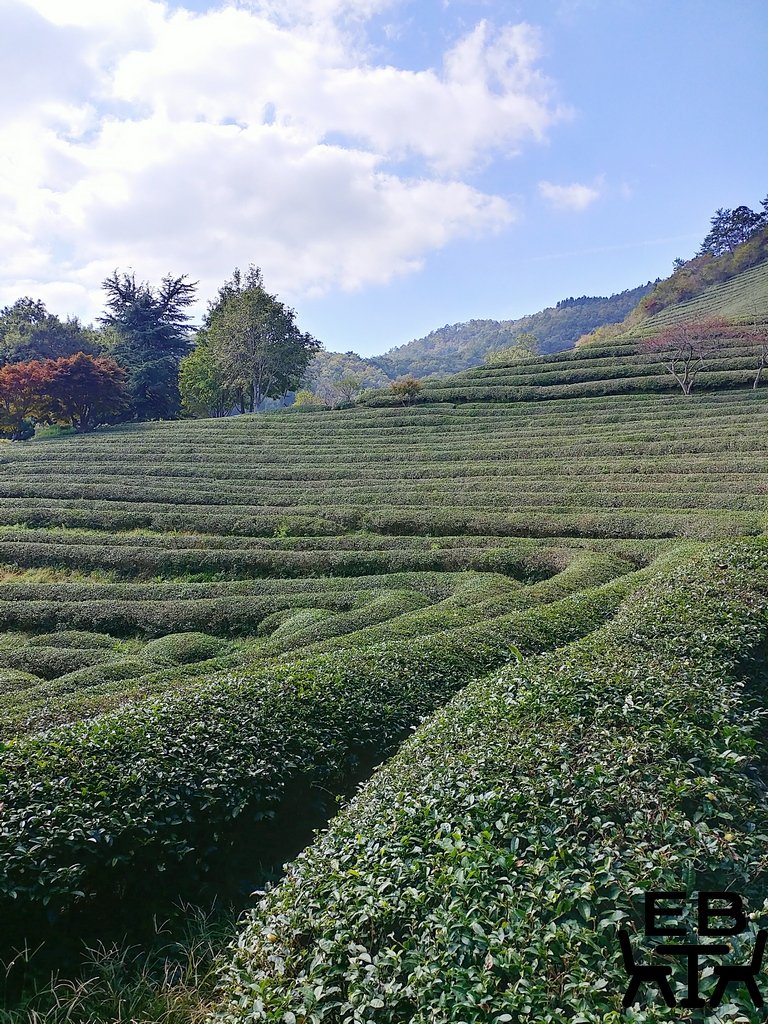
We opted to stay in Suncheon rather than Boseong itself, as Suncheon was a good deal larger, with more accommodation options, more other things to do (like the Suncheon National Bay Gardens), and an easier stop in our larger travel plans. You can also visit the Boseong Tea Fields on a day trip from Busan (about 4 hours on a bus each way). Getting to the tea fields from Seoul is also possible, but takes even longer, so if you don’t have much time to spend in South Korea, we wouldn’t recommend that option.
We took a bus from Suncheon bus terminal to the Boseong bus terminal. That part was relatively easy. The next part was a little more complicated though. Boseong is still more set up for locals than international travellers. What that means is that information and instructions are mostly in Hangul. The Boseong bus terminal is a compact, quite basic facility. We did manage to find the timetables that told you when the bus that would go to the green tea fields would be at the bus terminal, but then the next challenges were to work out which actual bus to catch. There were a few bus bays, and a few lines you could stand in, but no clear signage in English indicating which was actually the bus you were after. The bus to the green tea fields departs at varying times, with up to 50 minutes between buses. Unfortunately, we managed to miss one that was at the terminal not long after we arrived, because we couldn’t tell that that was it, and so squandered almost an hour waiting for the next bus. We had spotted a sign on a far wall of the waiting area that said “Green Tea Farm” in English. Confusingly, the hangul underneath read “nok cha” phonetically, which does translate to “green tea”, but other signs for the green tea fields refer to “daehan dawon” in hangul, which is why we weren’t sure if that would take us to the right place. As it turns out, that was where you were meant to wait.
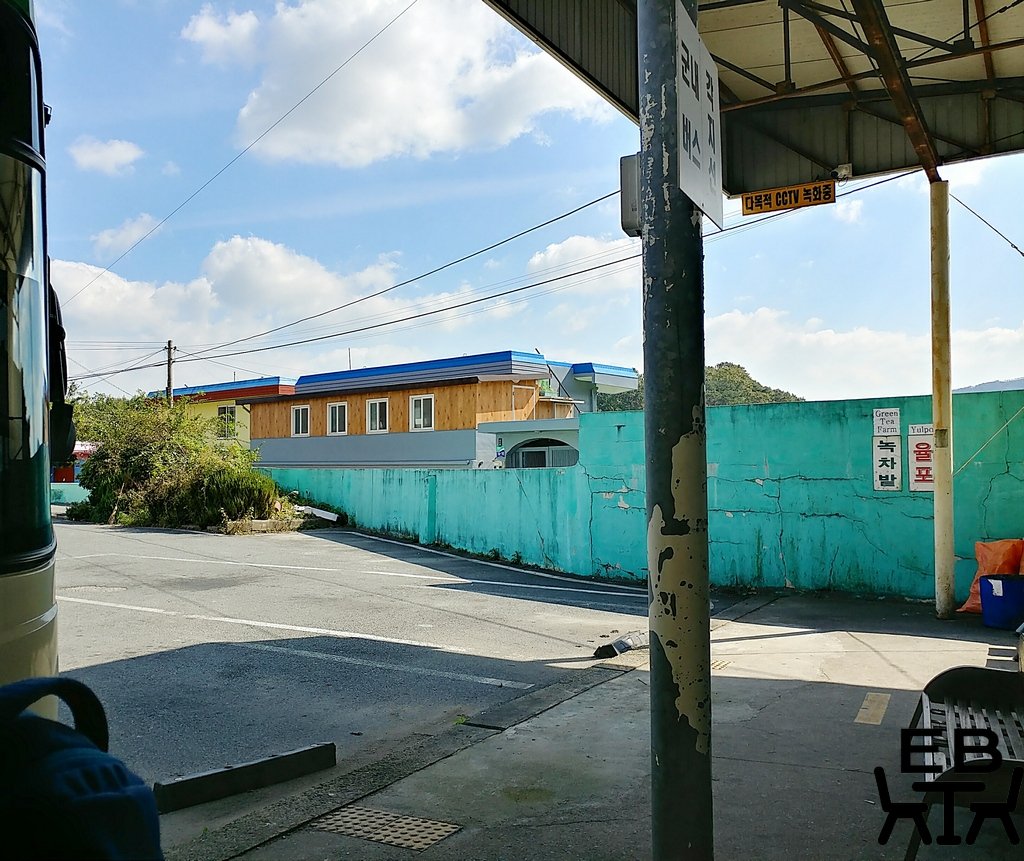
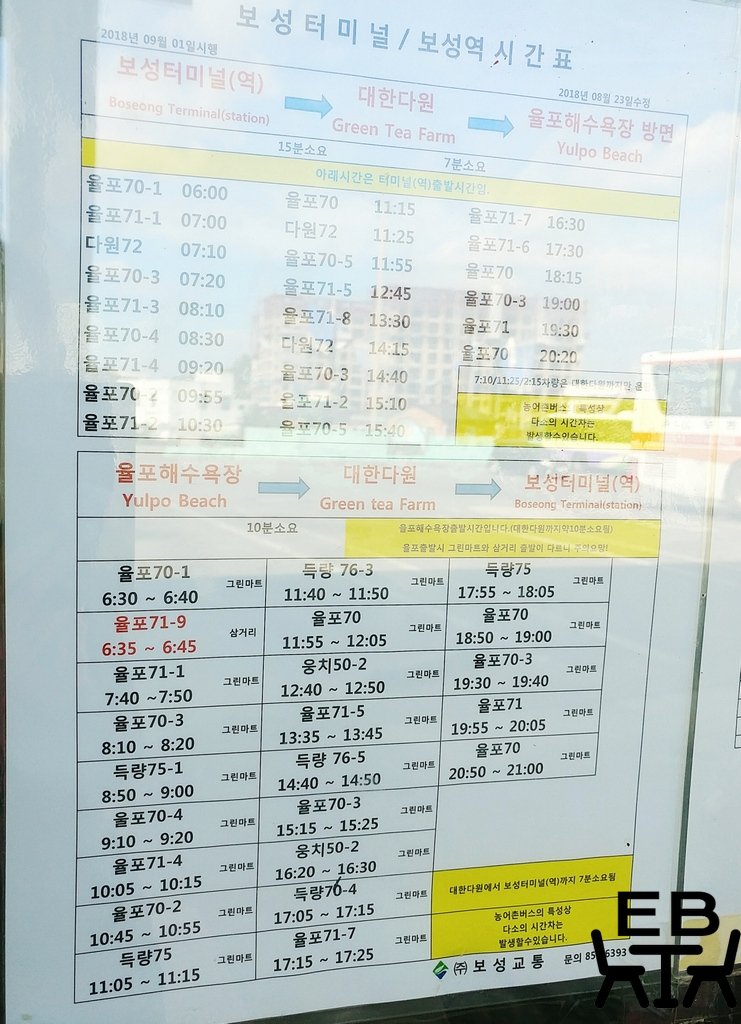
It was also confusing to try to work out how to pay the bus fares, but after finding no suitable options at the ticketing machine, we eventually figured out that we could use the T-money card on the local bus as well.
Things were more straightforward after we managed to get on the correct bus. The journey to the tea plantation didn’t take too long – less than half an hour. They announced the stop, and we recognised the name. It was less clear again when we alighted from the bus though..
Tips for first time visitors:
-The first building you come to when you get off the bus isn’t an information centre or ticketing centre. Not sure what its purpose was, and there was no one there at the time to explain anything..
-The way that actually gets you to the entrance of the tea plantation is across the carpark, and through a tree-lined area. At the end of that path, you will come to the ticketing area. The entrance fee was 4000krw per person when we visited.
-Your visit to the Daehan Dawon tea plantation will be self-guided, so pick up a map at the entrance. It has suggested walking routes that take you through the plantation garden areas.
-As you embark upon the path to the entrance, you will see a shop to the right (near the carpark, before you get into the tea plantation itself). We had read a few other guides beforehand, and true to their recommendations, the green tea soft serve here did cost less than the soft serve once in the plantation. We took our walk up to the plantation with green tea soft serves in hand. (No opportunities wasted!)


There were lovely greenery scenes at Daehan Dawon. Be prepared to walk up fairly steep slopes to get the good views over the green tea fields though. They do go up to a good height quite quickly.
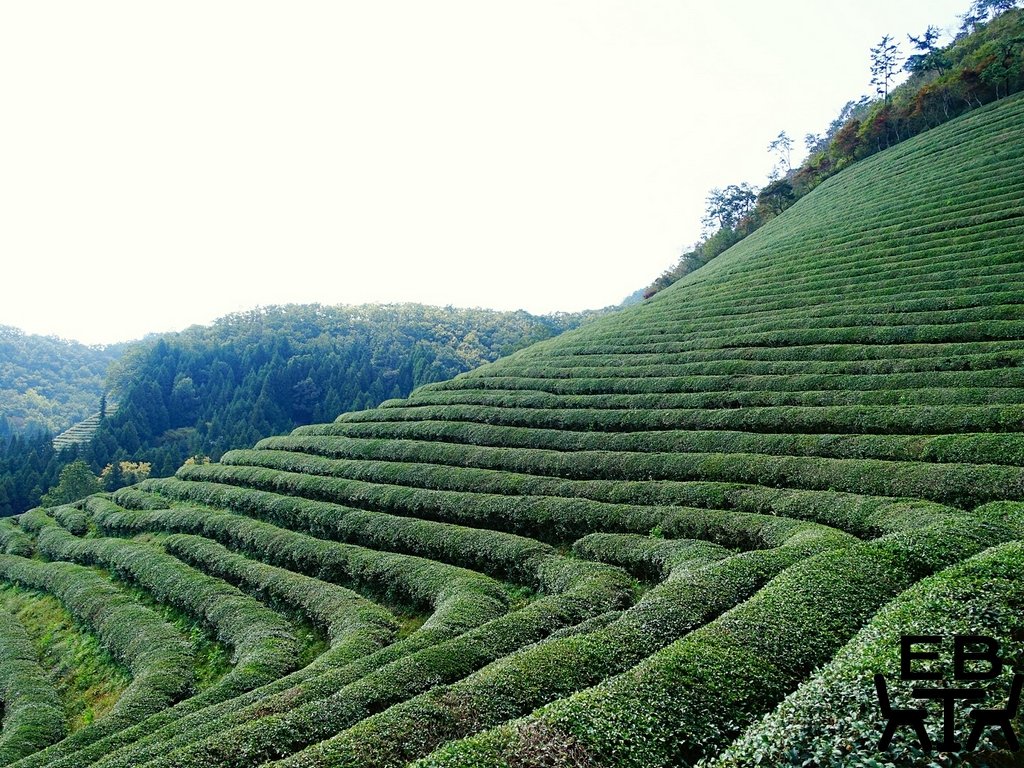
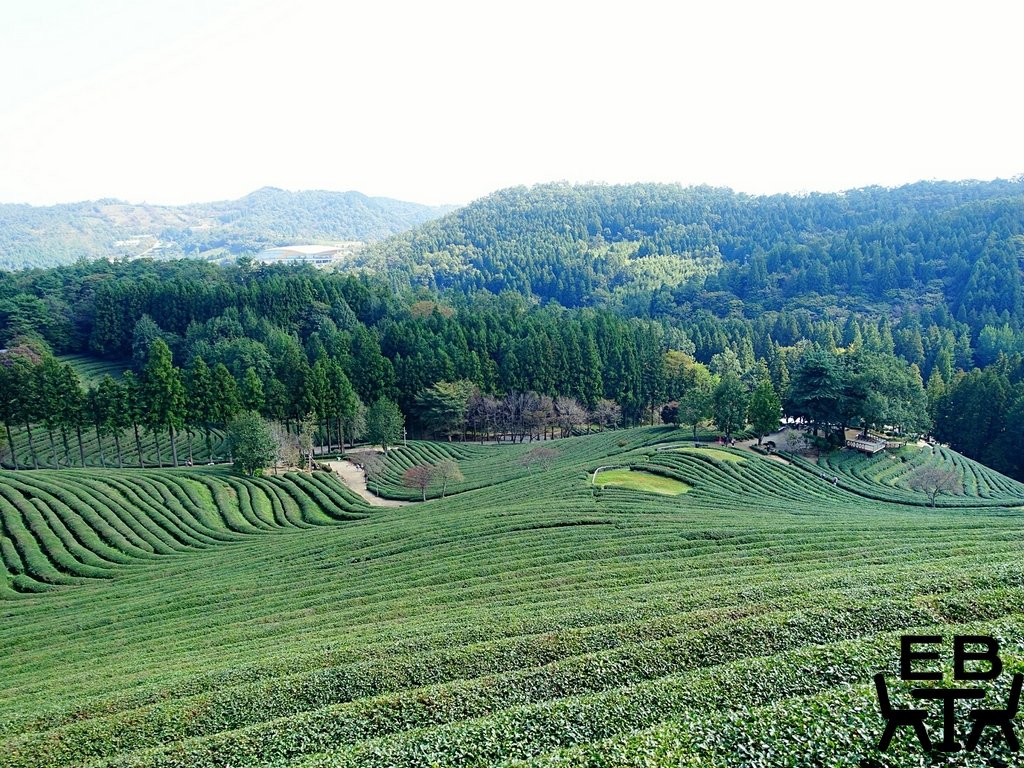
Besides the terraces of tea plants, they had sections with other stands of plants, as well as observation points from which you could look out over the tea plantation and in the other direction towards the mountains. What felt missing though, was the opportunity to learn about the process of green tea being picked and turned into the end products we drink and eat. It was more like a nature park to wander around than other food producing destinations we had visited, where things like factory tours were incorporated.
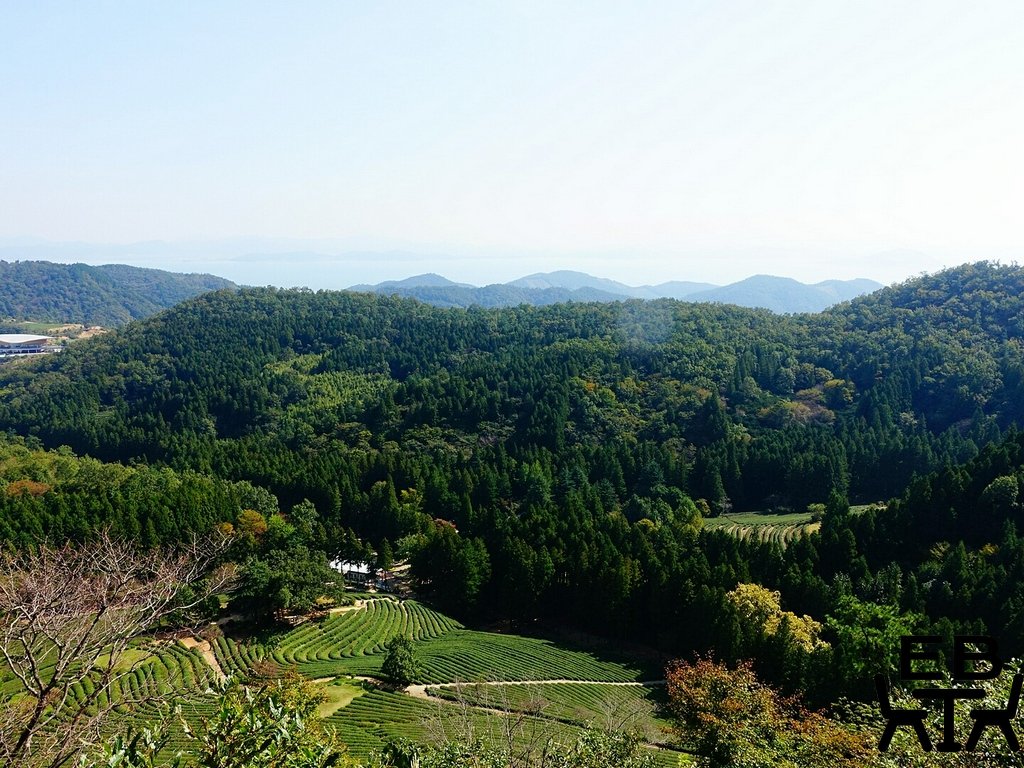
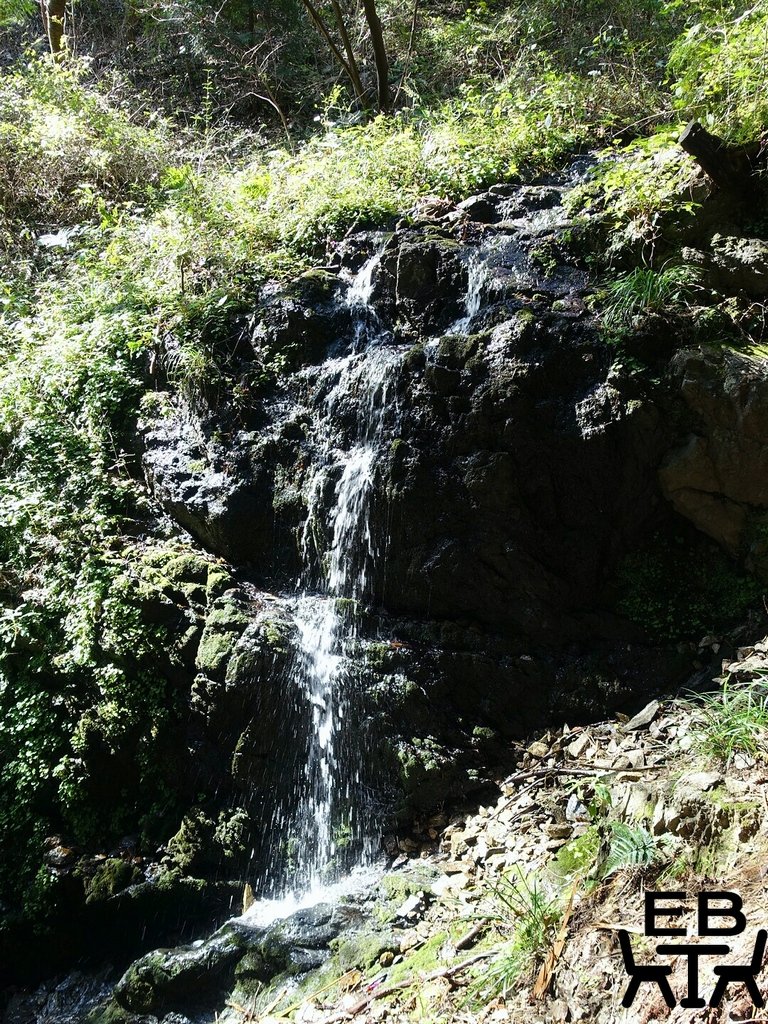
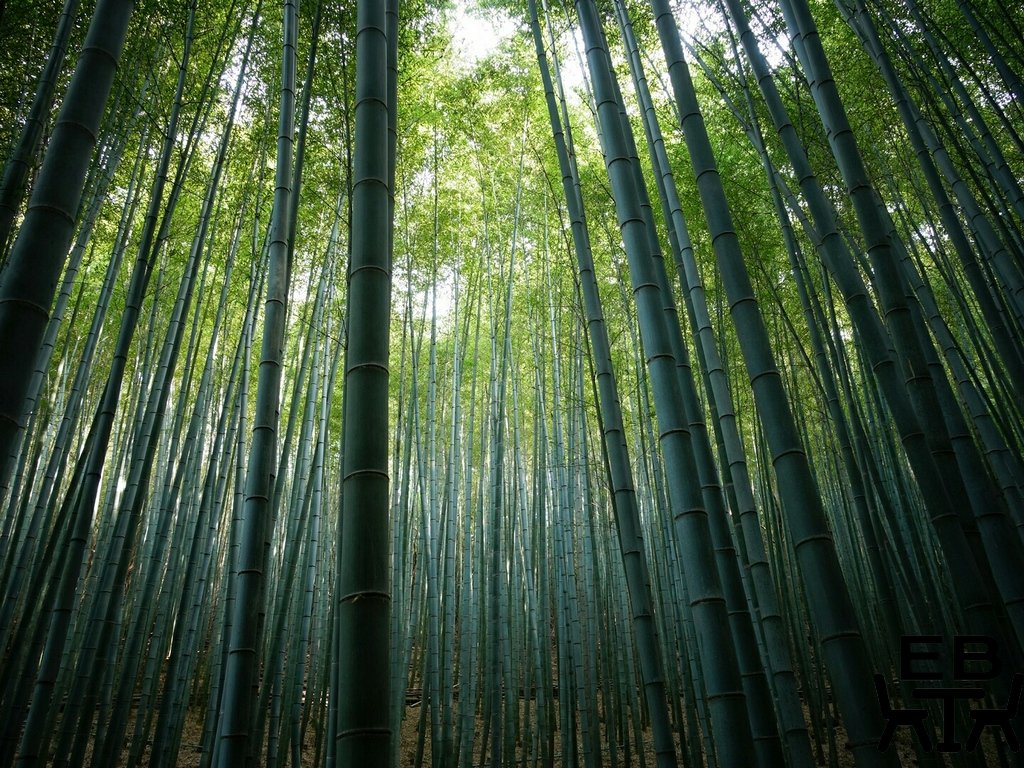

There is also a restaurant in the centre of Daehan Dawon plantation, to cater for hungry visitors. On the menu were typical korean dishes, but with a green tea twist. We ordered the green tea bibimbap, and the green tea jjajangmyeon. These were sadly bland, not standout dishes, and the green tea components were not particularly discernible. They came across as touristy gimmick dishes. This being a food blog, you might expect more of a breakdown..but it seems better to say less.
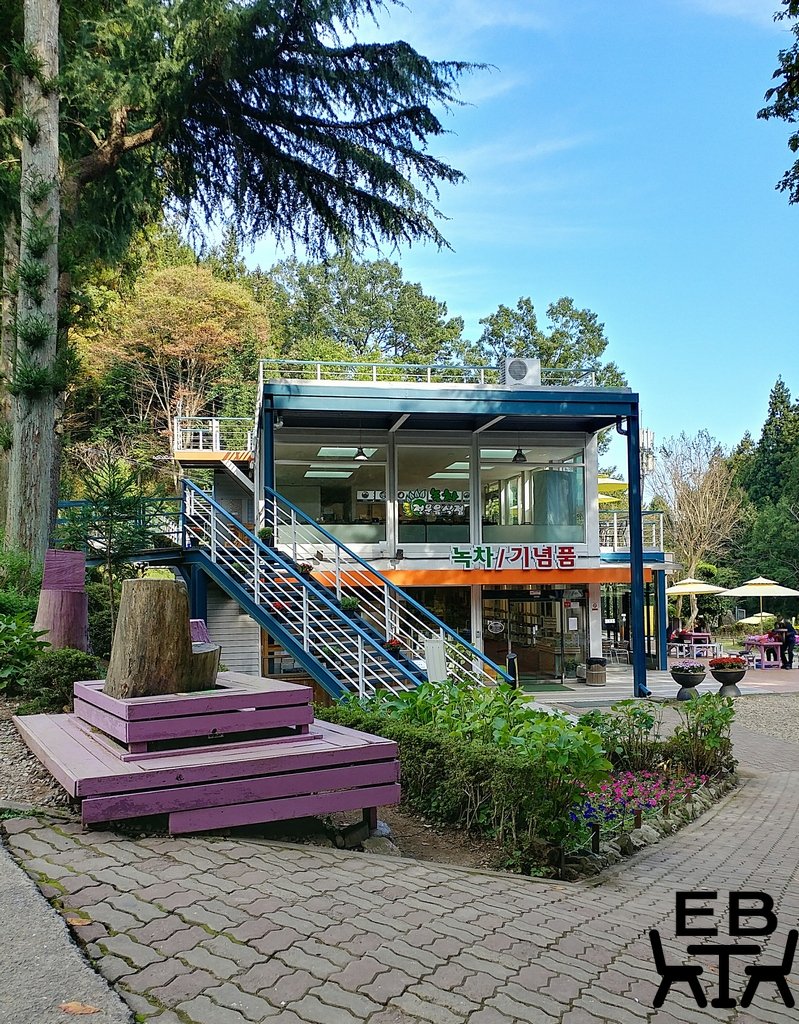
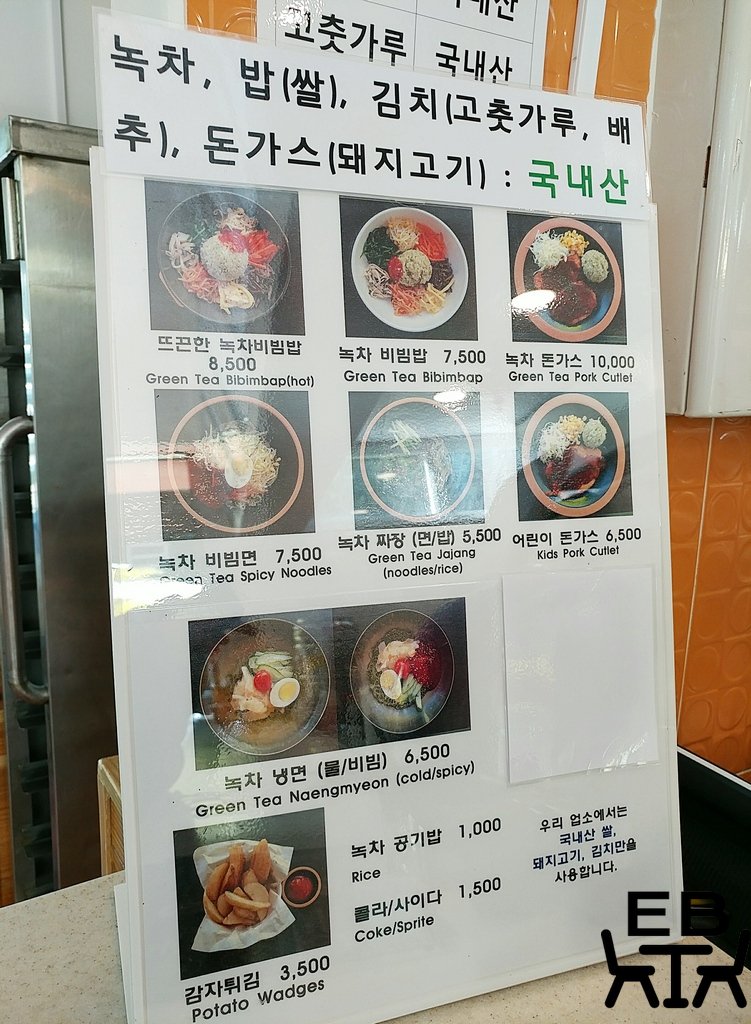

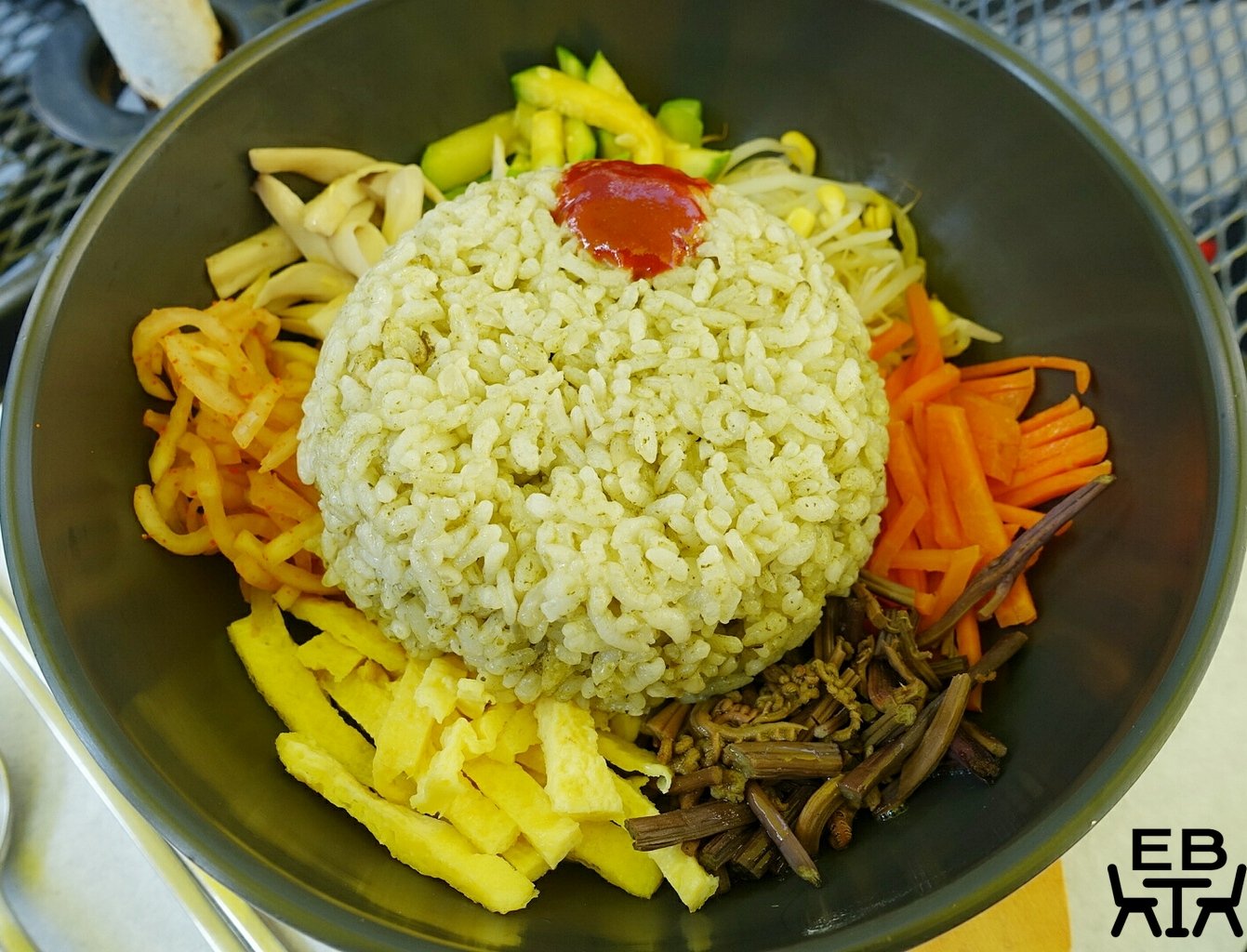
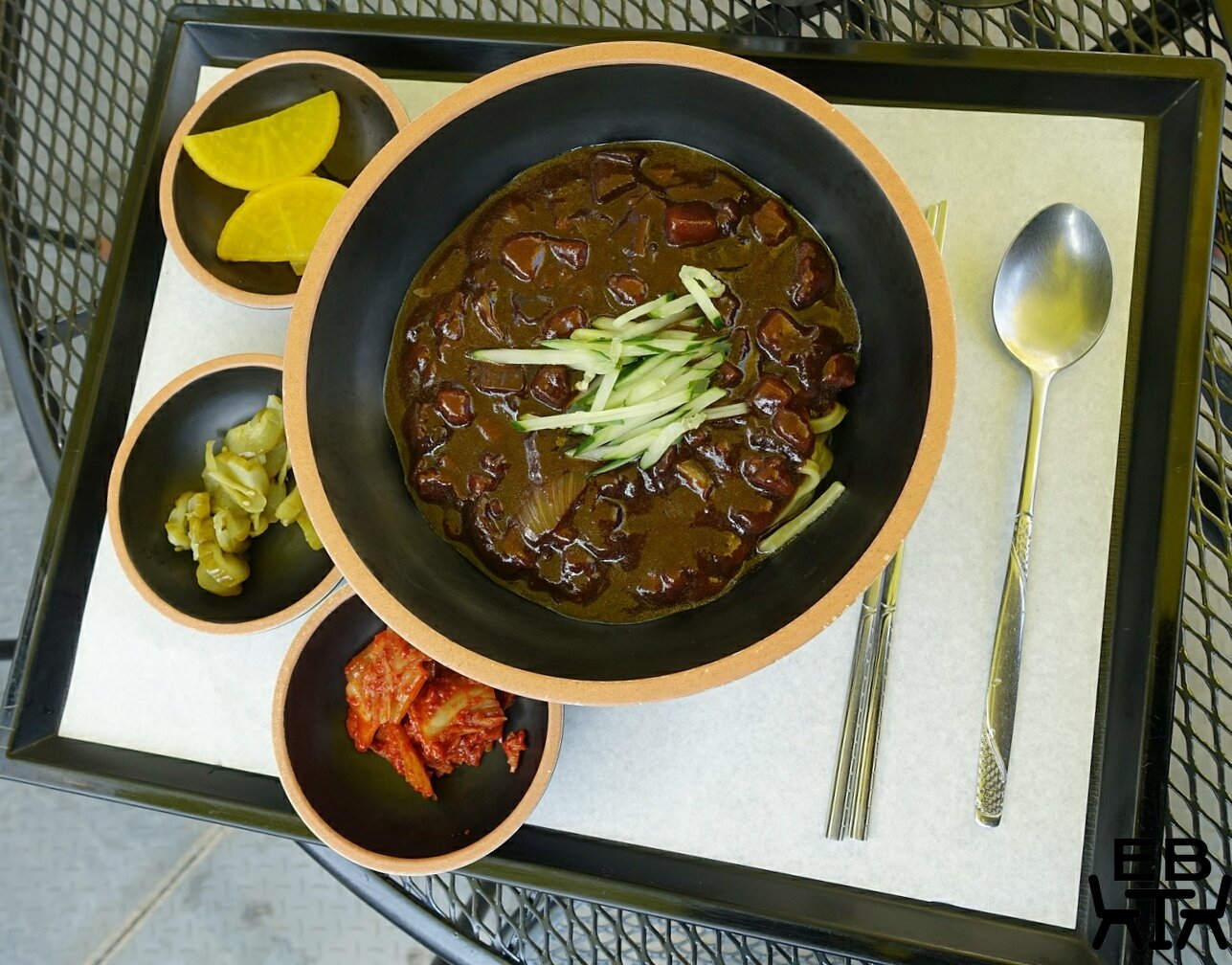
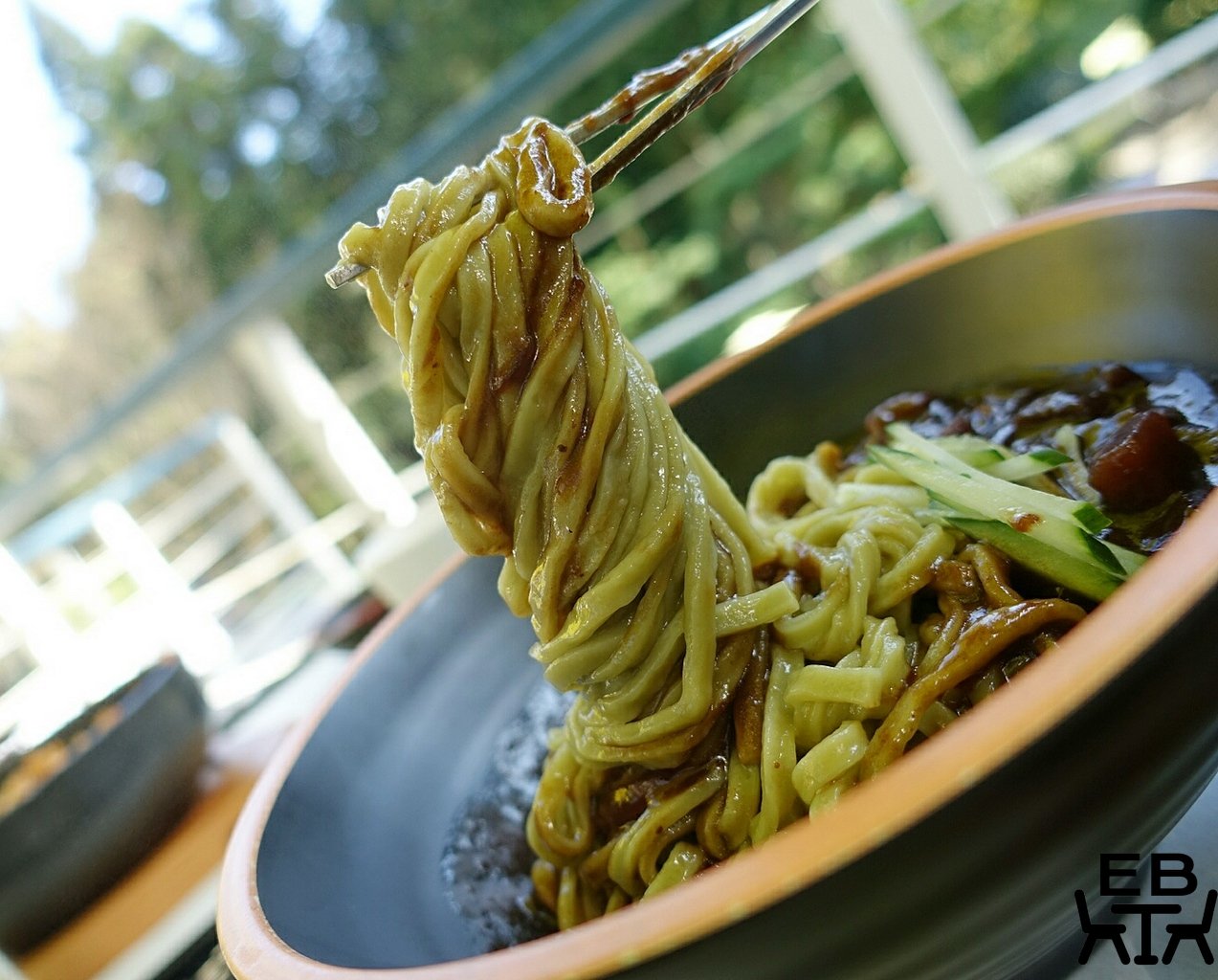
We stopped for more green tea soft serve on the way out, because we wanted something that had green tea flavour. These were, again, from the shop outside Daehan Dawon.
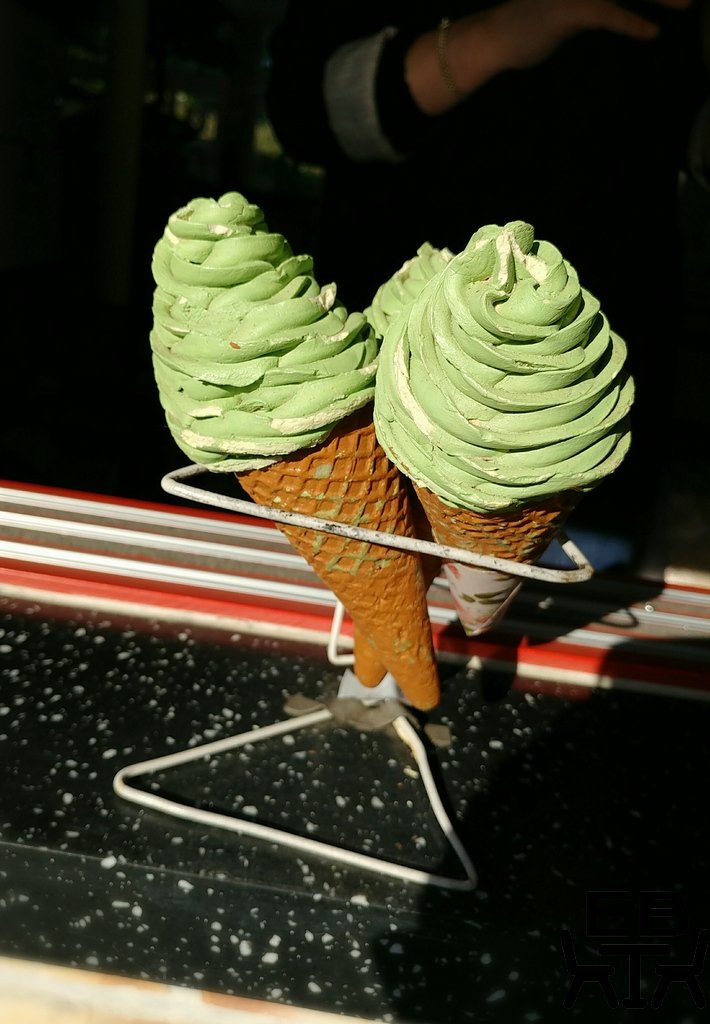
What we really wanted to get to though, was the location of some very picturesque shots we had seen of trays of green tea desserts overlooking sloping green tea terraces. It was clear to us after exploring all the paths through Daehan Dawon (and checking out the restaurant) that those photos had not been taken at that plantation. The pictures were largely location tagged just to Boseong. Clicking on some of the hangul hashtags though, did lead us to more promising candidates. As we have mentioned, Google Maps just doesn’t have much detail in South Korea. We dropped a pin on the map in the unmarked location corresponding to the picture geotags though, and decided to just walk towards it. The main road from Daehan Dawon did go to that area, which somewhat reassured us that we were on the right track. Turn right as you leave Daehan Dawon, and keep following the road.. (The road is called Nokcha-ro, which translates to “Green tea road”.)
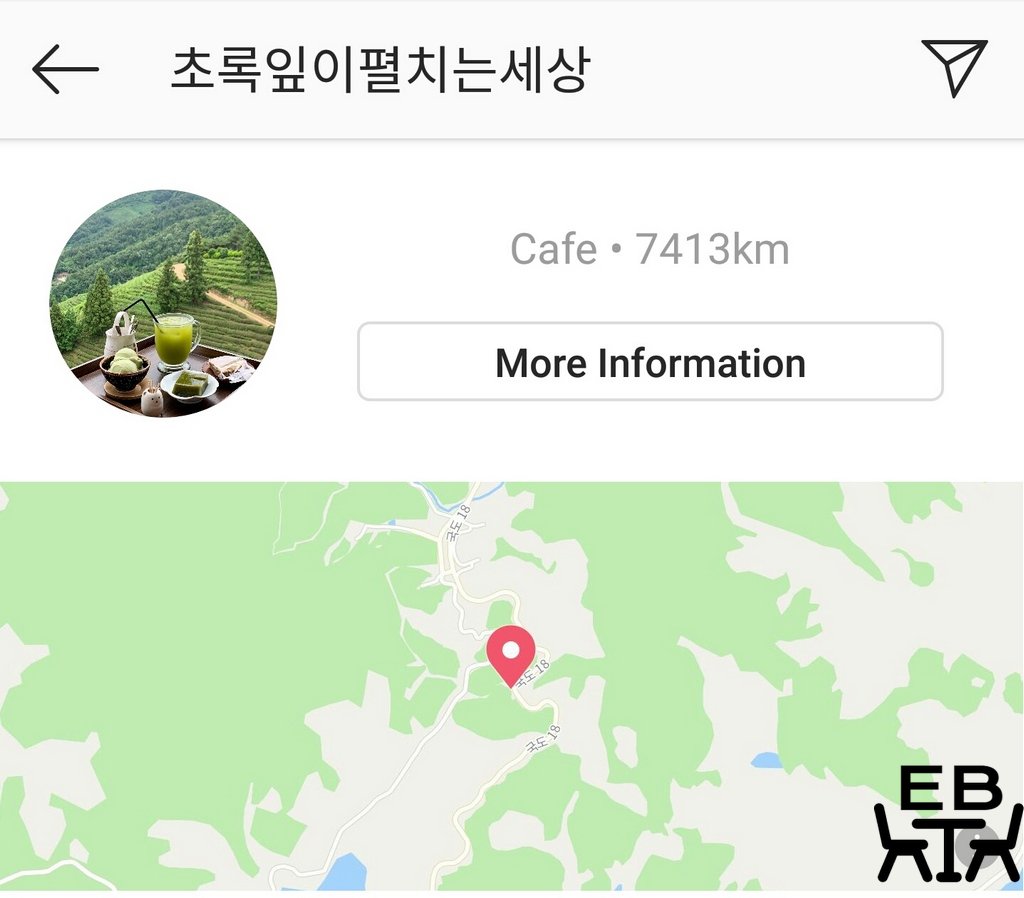
We couldn’t be sure what the distance there from Daehan Dawon was, as Google Maps couldn’t actually navigate or measure it, but it was perhaps a couple of kilometres, estimating from the scale on the side of the map. The walk there was actually quite scenic, as it followed along the curves of the crests of the hills, giving you a view out over the downward sloping terrain. There were many more terraces of green tea along the way, creating picturesque landscapes. There was a pedestrian path by the side of the road, which made it an easier walk. South Korea being quite safe in general also meant that we didn’t feel particularly worried despite walking to an unknown location in an unfamiliar area with few vehicles passing by.
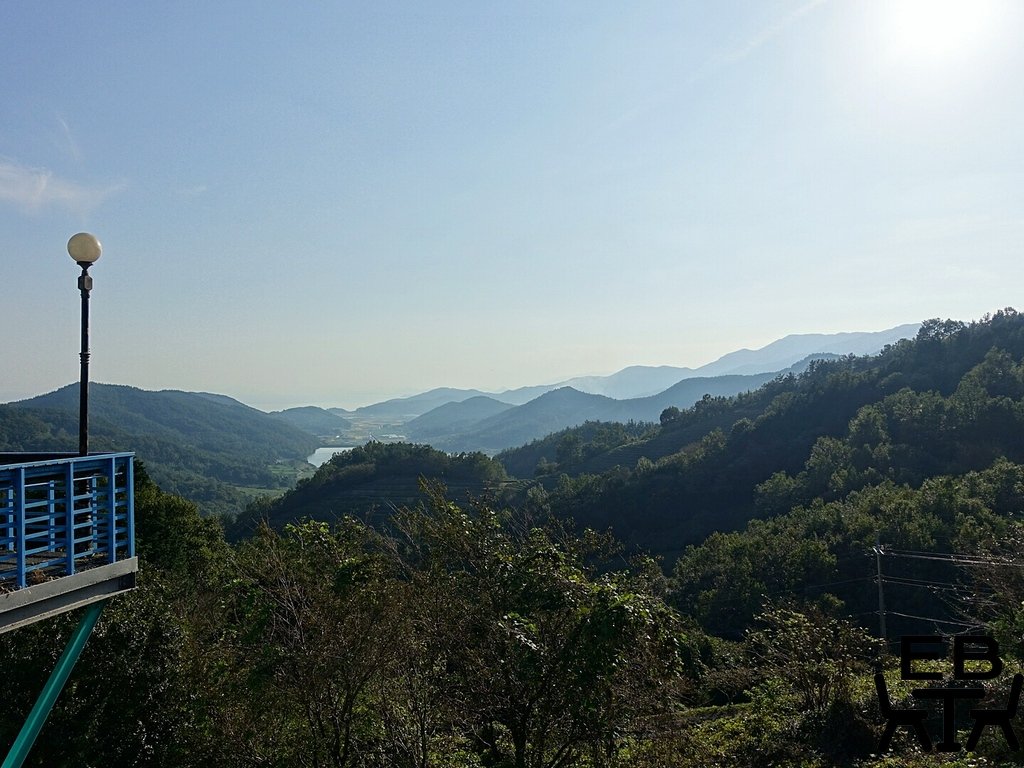

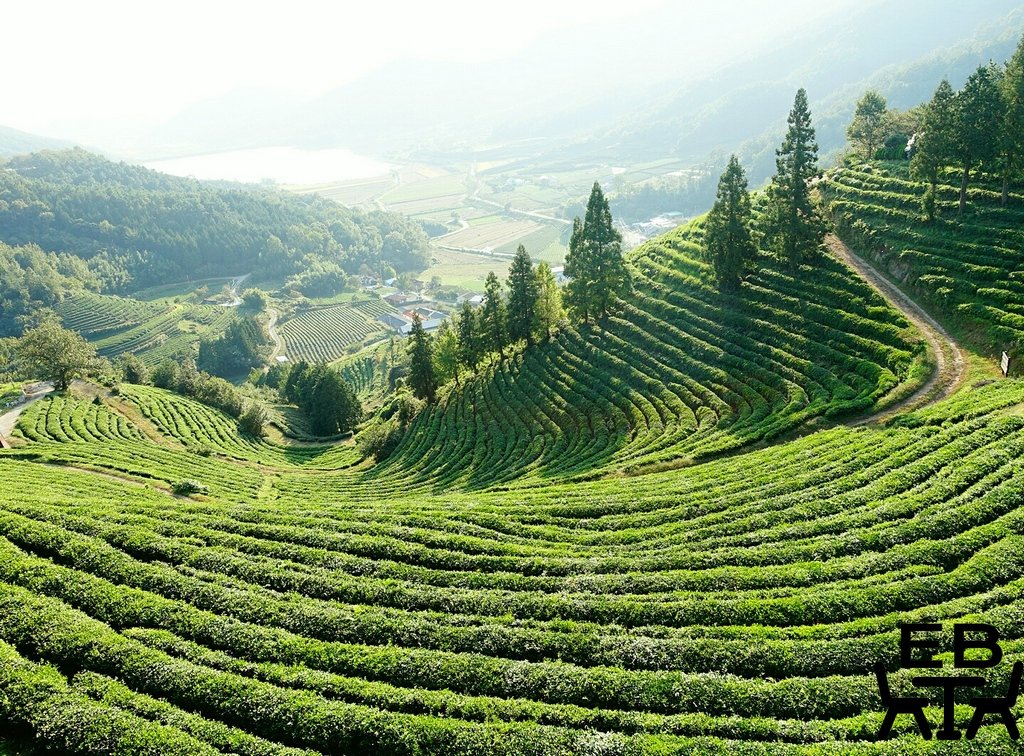
When we finally approached the dropped pin, we saw a building perched on the side of the hill. We couldn’t be sure if that was it, but there weren’t other buildings near it, and there was a model of a soft serve ice cream near the entrance.
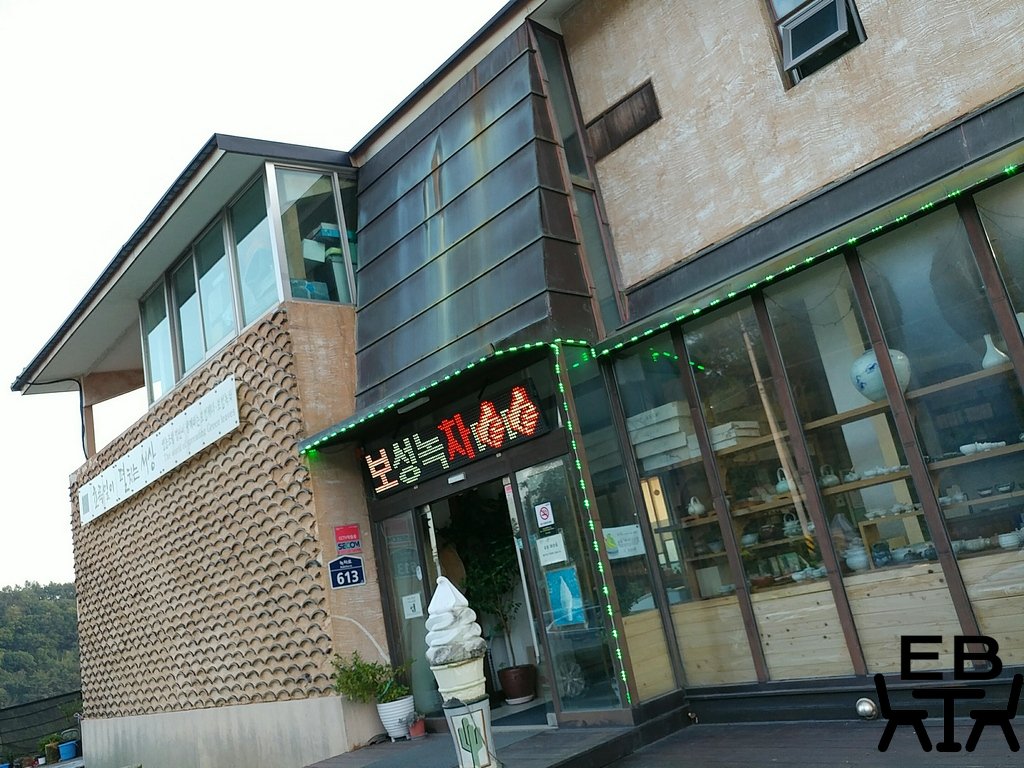
Once through the door, we could see that the interior was set up like a quite classical tea room, with wooden floors and low tables that you sat on the floor to be at the right level for. These were lined up against large glass windows that looked out over the mountainous slopes. We approached the service counter, which was near the entrance. They had a menu, but the items were listed in hangul. Fortunately, the staff member who was there spoke English. To explain what we wanted better, we resorted to the tried and tested traditional method of showing him pictures. He recognised the pictures of the dessert trays as soon as he saw them. The pictures also provided a useful way to indicate what we would like, as between the various photos, there was a range of different green tea tidbits.
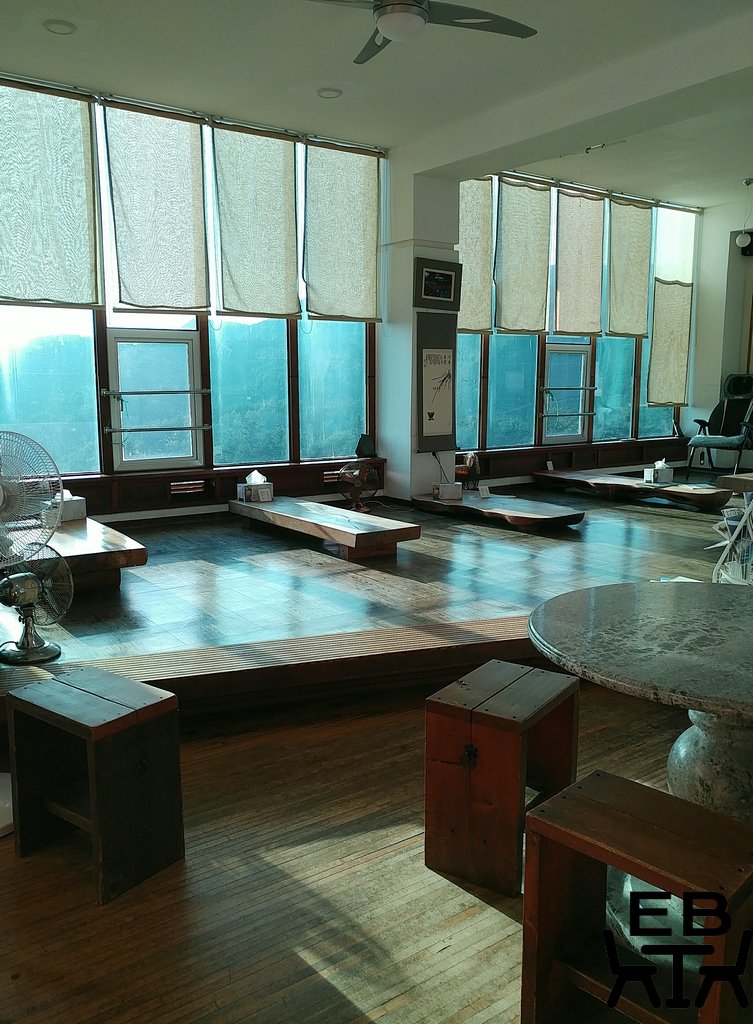
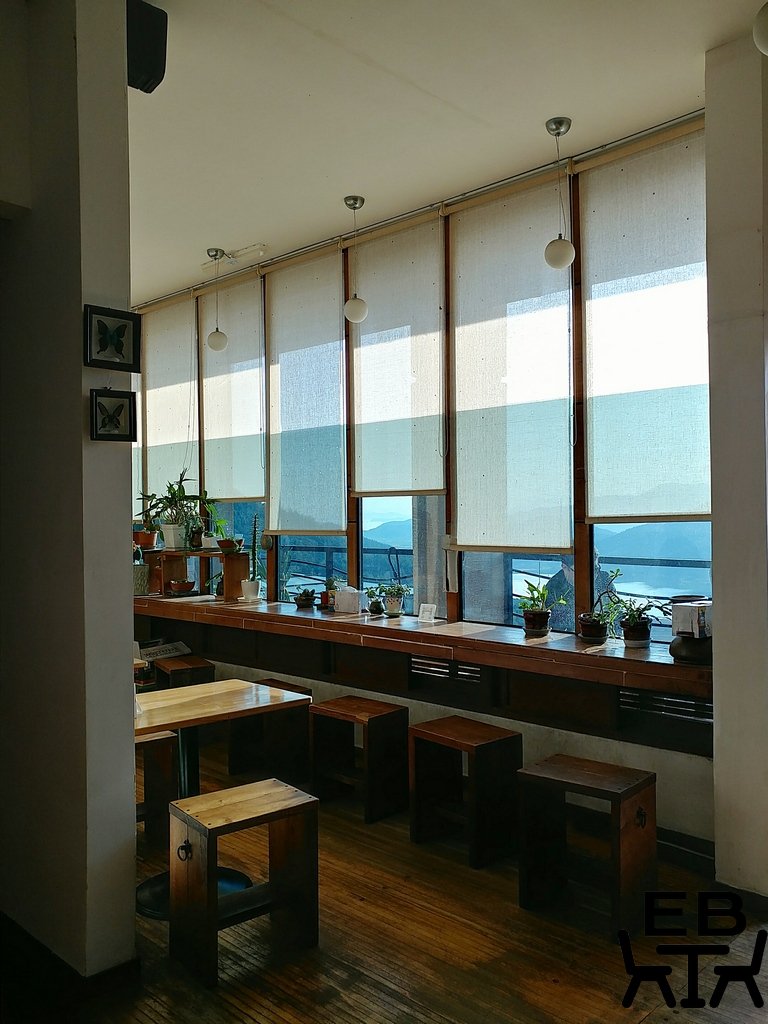
After we had placed our order, we were shown out to the balcony, which was the outdoor seating area that overlooked the vista of the verdant slopes striped by rows of green tea plants.

It was not long before our long-awaited tray of treats was brought out. Ever the professional, the staff member balanced the tray on the edge of the balcony railing so that we could capture the perfect photos with the rolling hills in the background.

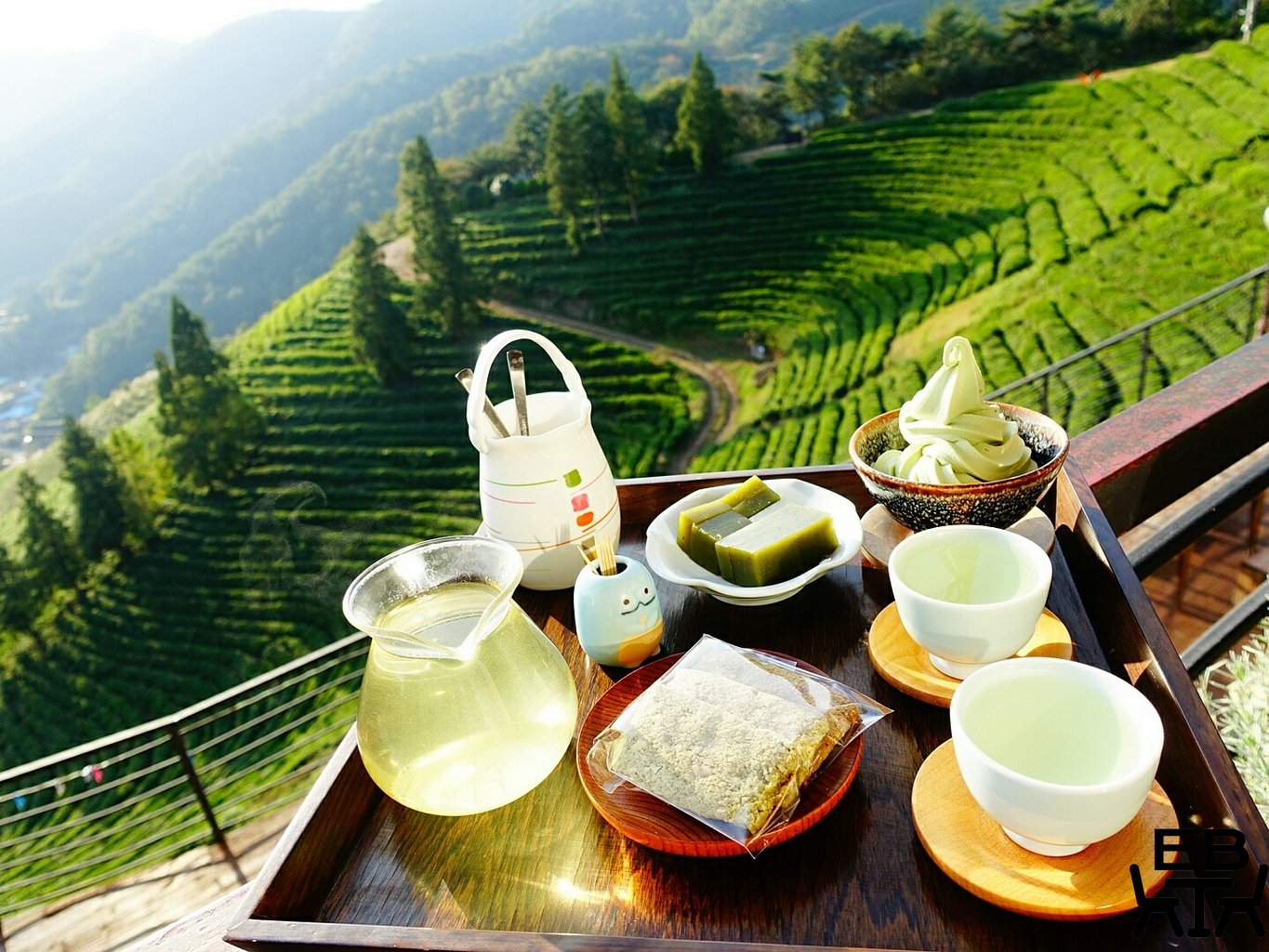
We had green tea soft serve, green tea jelly, green tea cookies, and, of course, green tea. They were all neatly arranged on the tray, with a cute animal-shaped toothpick holder for extra character. Not only were they pretty as a picture, the desserts also had more green tea flavour than the food we had had at the green tea plantation. The tea also had a lovely rounded, earthy aroma, and a good strength.

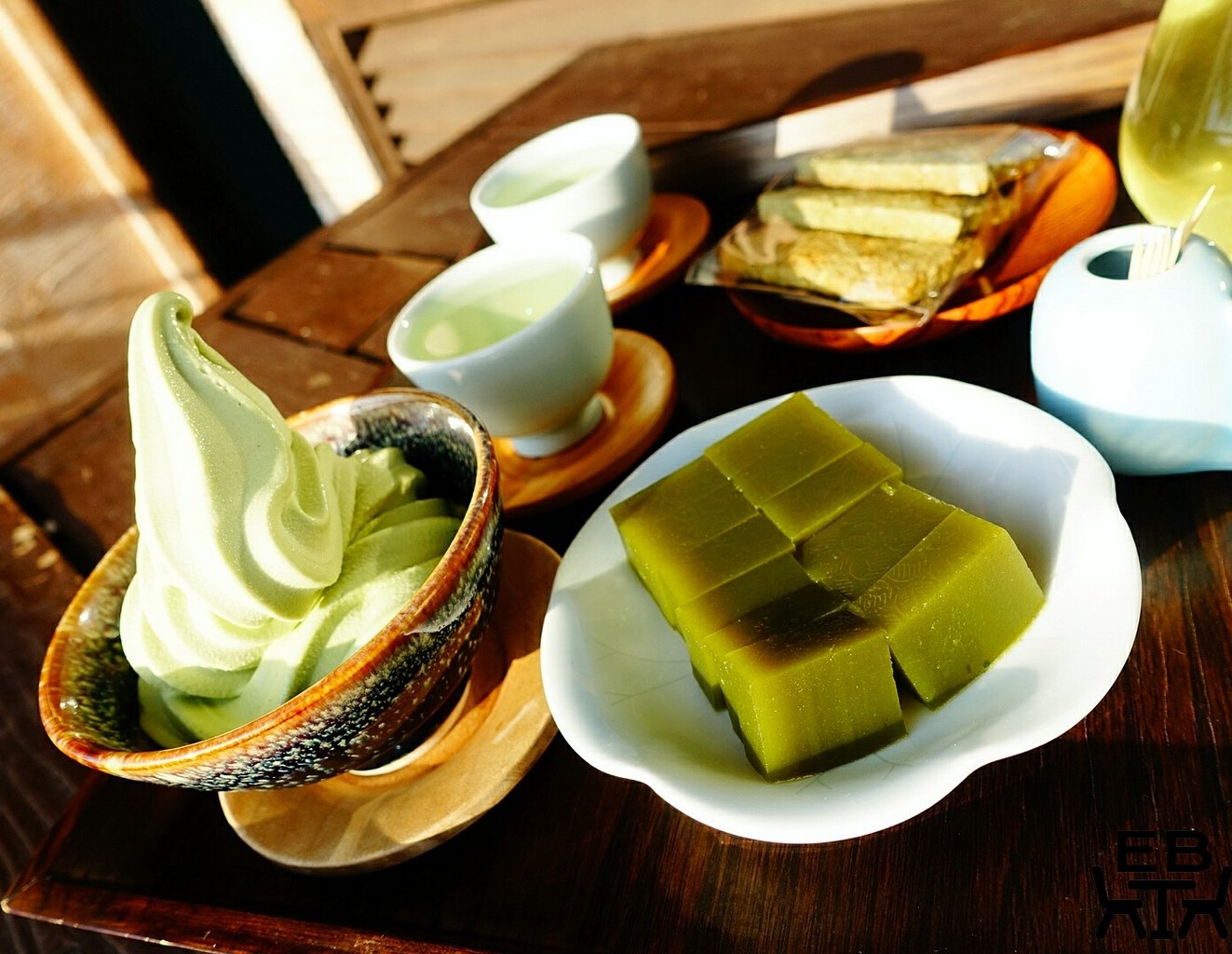
It was definitely worth the effort to hunt this place down. We have added it to Google Maps, under the name Chorok ipi pyeolchineng sesang, as the best we could read from the hangul (we still haven’t figured out how to type in hangul, unfortunately). The address Google picked up (when we pinned it when standing there) was 613 Nokcha-ro, Hoecheon-myeon, Boseong-gun, Jeollanam-do. Here’s a Google Map link. It may not turn out to be exactly right, but it should at least be very close by. Hopefully this helps you find it.
Enjoy your green tea field adventures! For more, check out our South Korea Travel Tips and Guide to Seoul.
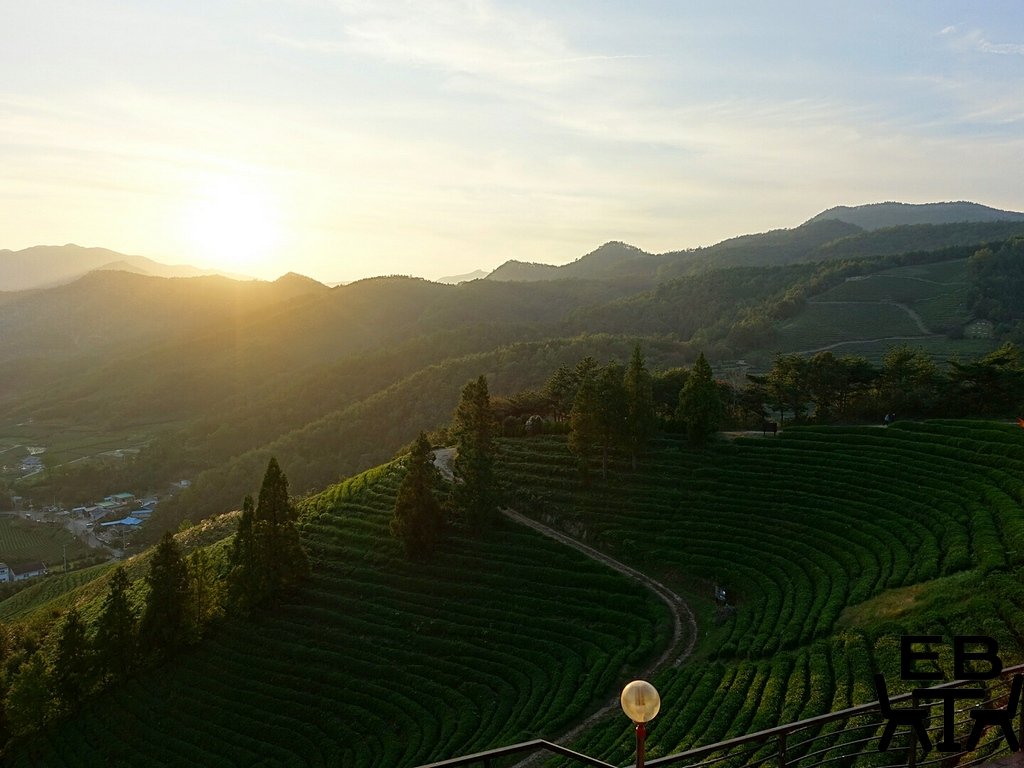
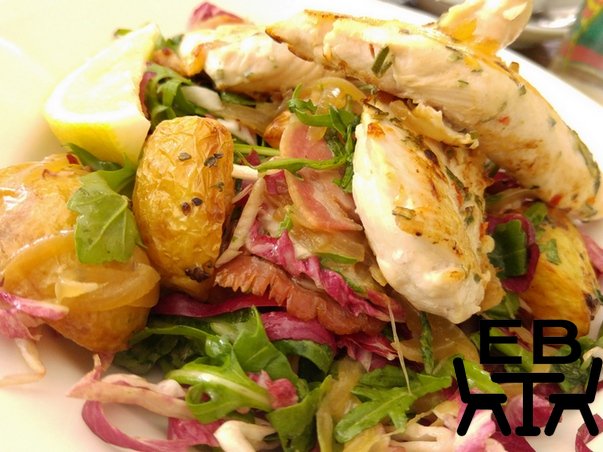
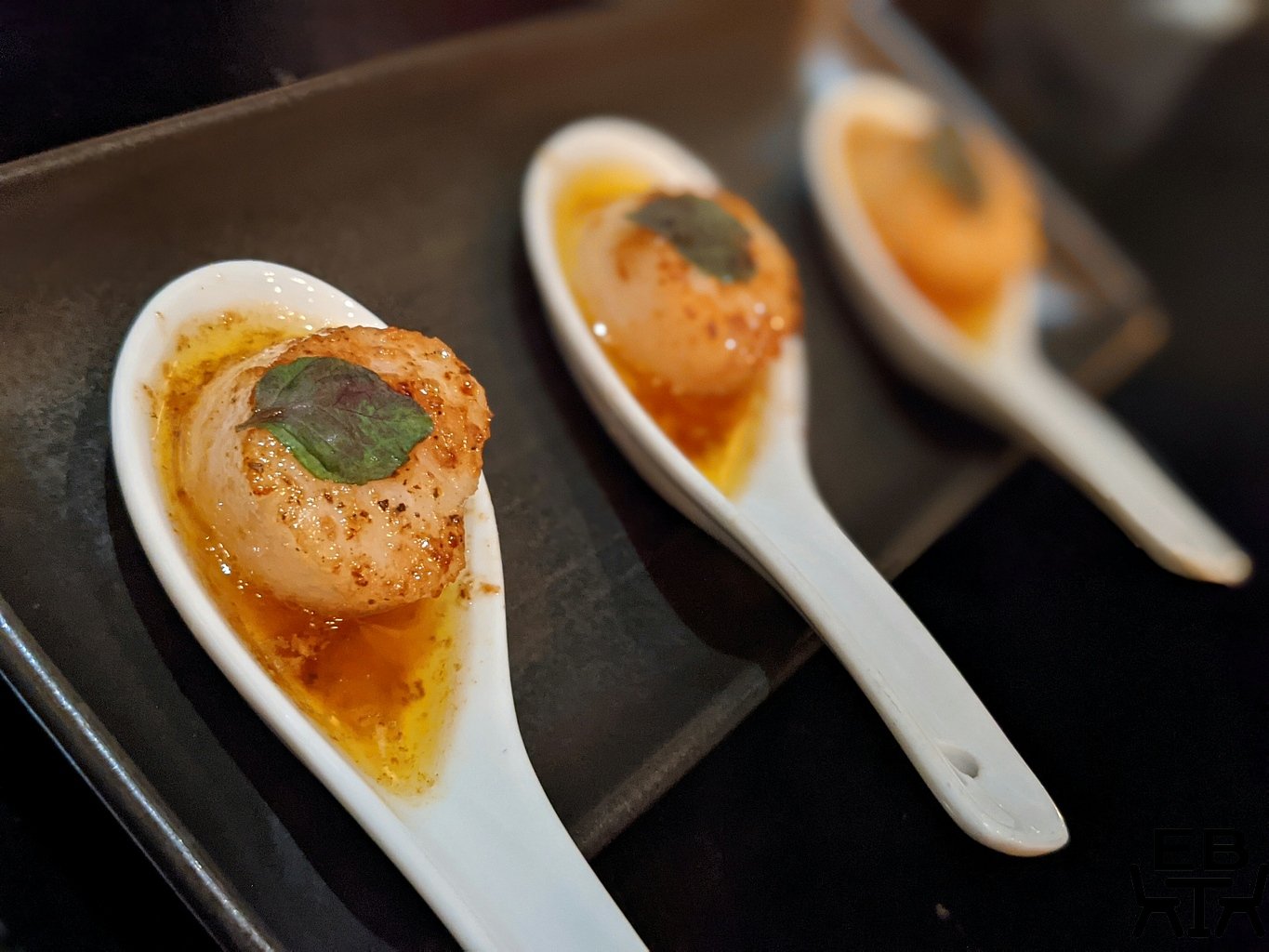
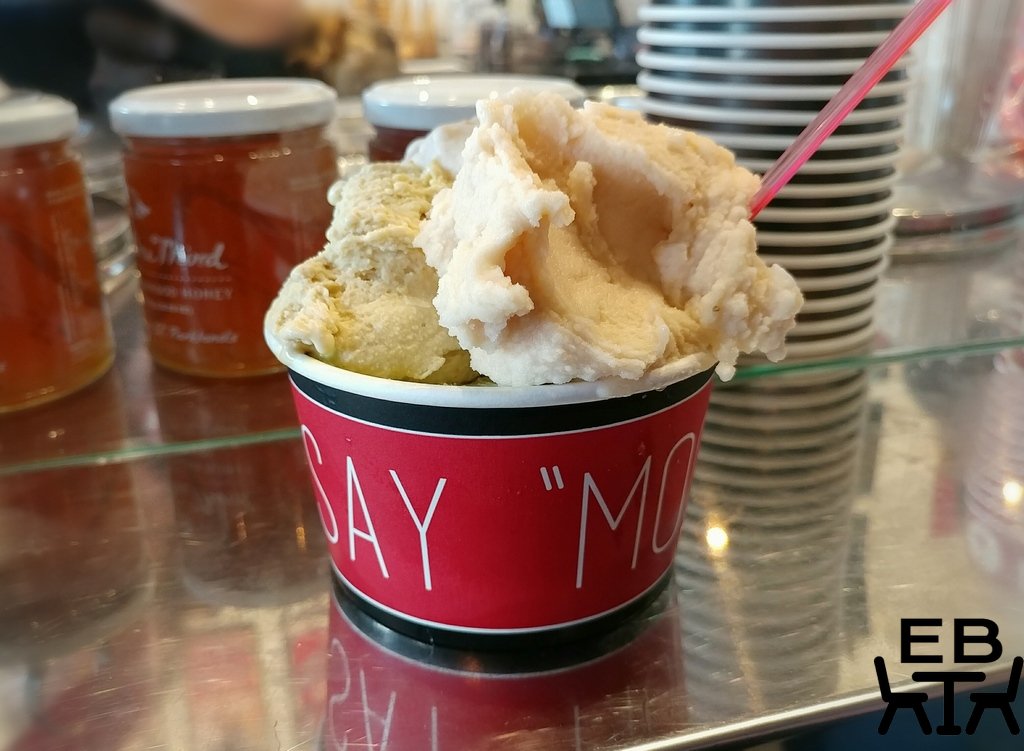
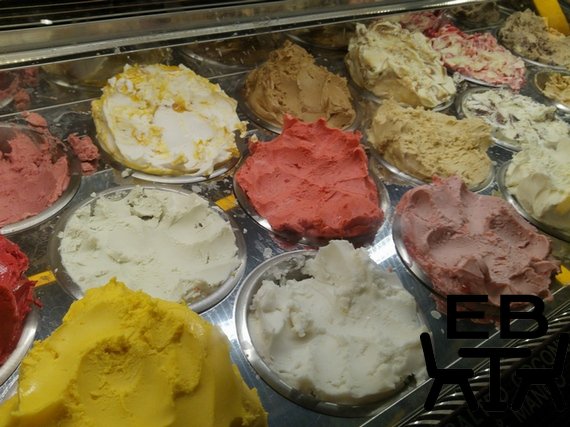
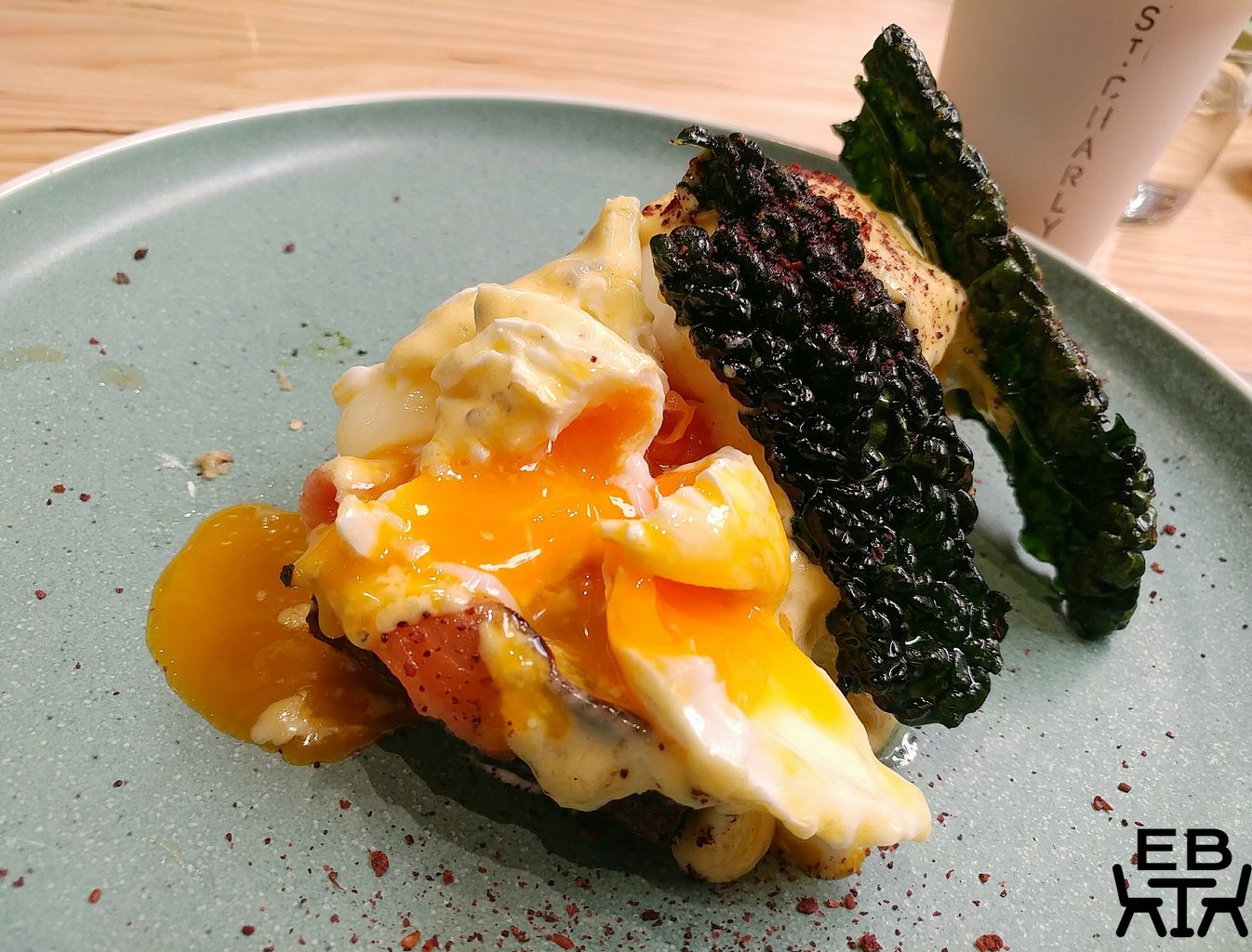
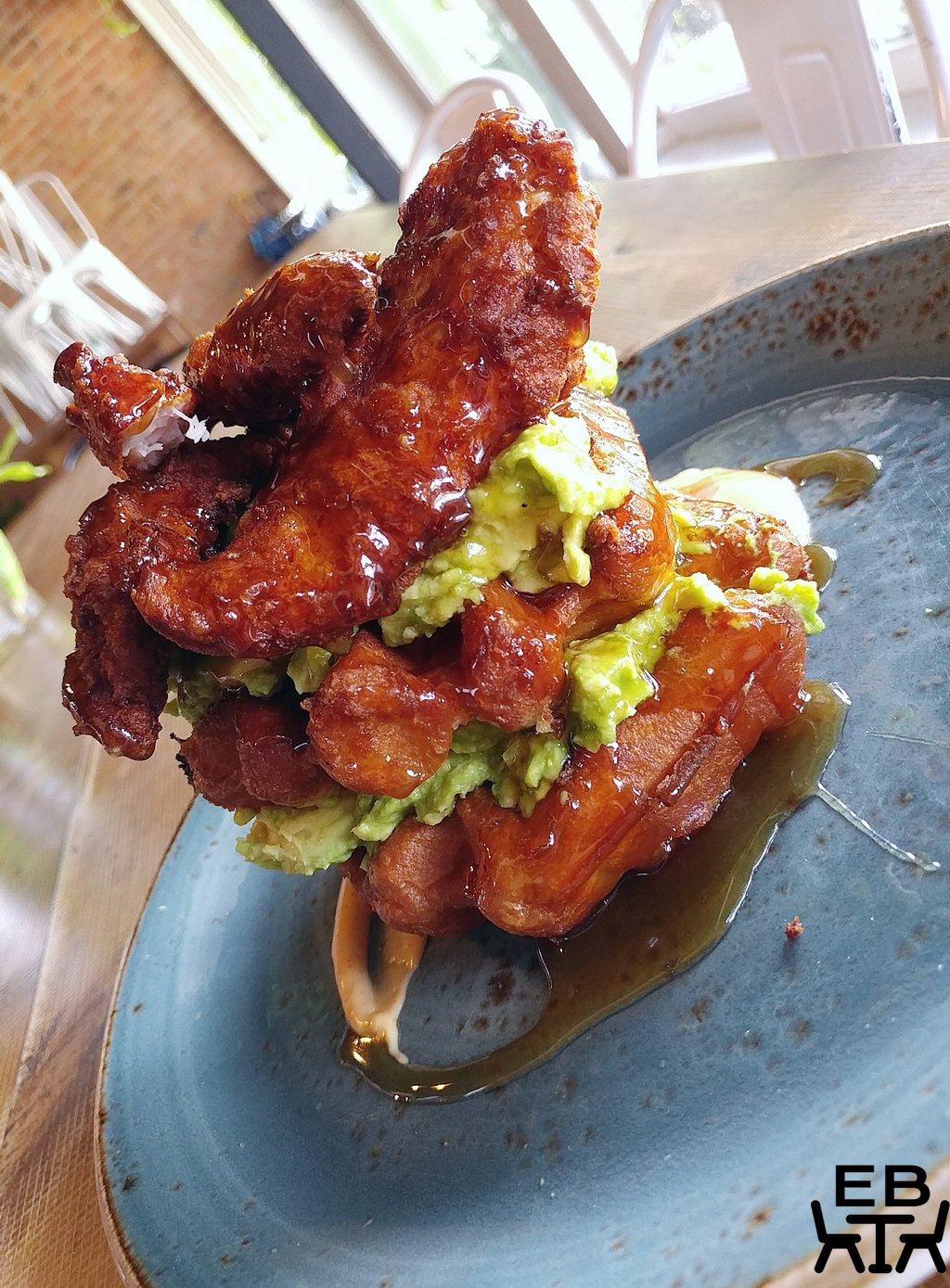

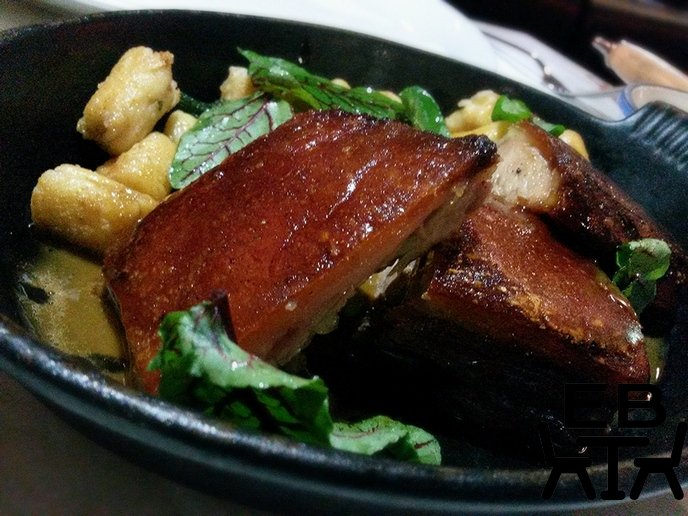
Thank you for this. It’s been very helpful in planning my trip to Boseong!
Thanks! Hope you have a great time! We’re paying it forward, as we use travel blogs to help plan our trips too!